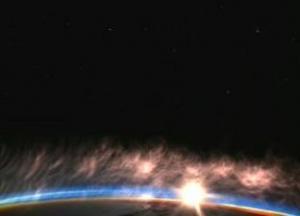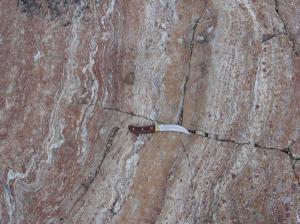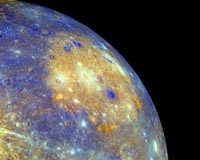An explanation for a strange property of noctilucent clouds--thin, wispy clouds hovering at the edge of space at 85 km altitude--has been proposed by an experimental plasma physicist at the California Institute of Technology (Caltech), possibly laying to rest a decades-long mystery.

|
| ©NASA
|
| Noctilucent Cloud
|
Noctilucent clouds, also known as night-shining clouds, were first described in 1885, two years after the massive eruption of Krakatoa, a volcanic island in Indonesia, sent up a plume of ash and debris up to 80 km into Earth's atmosphere. The eruption affected global climate and weather for years and may have produced the first noctilucent clouds.
The effects of Krakatoa eventually faded, but the unusual electric blue clouds remain, nestled into a thin layer of Earth's mesosphere, the upper atmosphere region where pressure is 10,000 times less than at sea level. The clouds, which are visible during the deep twilight, are most often observed during the summer months at latitudes from 50 to 70 degrees north and south--although in recent years they have been seen as far south as Utah and Colorado. Noctilucent clouds are a summertime phenomenon because, curiously, the atmosphere at 85 km altitude is coldest in summer, promoting the formation of the ice grains that make up the clouds.


